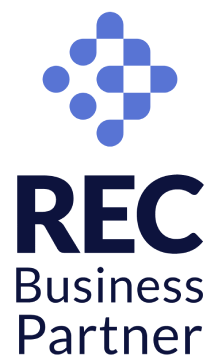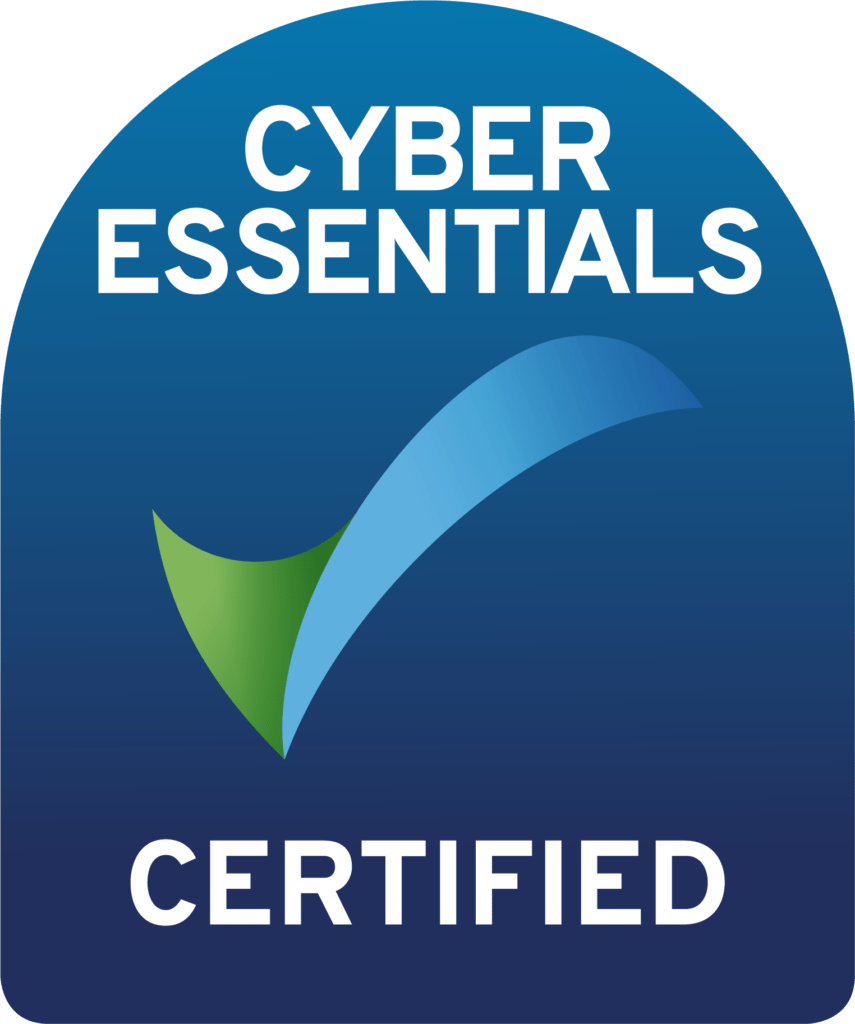The Entrepreneurial Operating System – or EOS – has been game-changing for companies wanting to get aligned, accountable, and results-focused. At its core, EOS is about vision, people, data, issues, process and traction.
Any friend of the EOS knows that one of the core principles is that you need hard metrics to achieve and track improvements successfully. In this blog, we’ll explore ways to support and level up your EOS business strategy using live employee engagement metrics gathered by Wotter. Wotter sends automated anonymous pulse surveys to your employees across a wide range of key topics, gives you the ability to send your own surveys, and uses AI to give you readily analysed data in easy chunks.
Now, let’s have a look at the EOS’s Six Components to see how employee engagement can help you achieve 100 strong across the board.
VISION
Once you’ve defined your vision, your job is to share it with your employees. The EOS recommends a series of meetings – company kickoff, 90-day state-of-company, and Rocks setting – to share that vision. But once the meeting’s over, you need to see whether your team are on board with the vision; schedule custom surveys to follow up on Vision meetings and you’ll see numerically how well your meetings communicated and instilled the business direction in your teams.
Vision is easy to ‘set and forget’, but with your Wotter engagement heatmap, you can see at a glance how aligned your different demographics are with the company’s values on a weekly basis. Feed this info back in your weekly meetings and, if you’re not happy with alignment scores, create an Action to redemonstrate your core values to the team – and track the effectiveness on specific areas of engagement. Regular engagement data like this helps to measure the ‘softer’ areas of the business year-round.
ISSUES
In EOS, you solve issues through IDS: Identify, Discuss, Solve.
Identify
Gino Wickman, the EOS creator, says that the stated problem is rarely the real problem. The true issue is hiding a few layers down. However, finding the true problem can be difficult or time-consuming without the right metrics. Often, businesses identify problems using strong hunches, which might get them one layer closer to the real problem, but it could still take a few weeks of IDS to find the root.
Wotter’s engagement heatmap gives you an easy bird’s eye view of how your teams and demographics are feeling, giving you readily identified problems (and confirming or denying a few hunches you might have). The heatmap updates weekly, in time to arm you with up-to-date data for your Level 10 Meetings, and shows you engagement across 24 key topics. All this data’s gathered automatically so you don’t need to do any extra work. The heatmap is like a Scorecard that measures the satisfaction and enthusiasm of your team; this in turn fuels the numbers you see on your EOS Scorecards.
Underlying issues are also spotted by Wotter’s AI; employees can send notes responding to questions or giving suggestions, and our AI analyses every single one and shows you the top talking points with a measure of the general sentiment. This way, if there’s a common issue that your team might feel is too trivial – or too controversial – to raise in your meeting, you’ll see the honest issues on your Wotter dashboard.
Discuss
Most people get caught up in the Discussion stage of IDS; and for good reason. When an issue’s raised, everybody has a thought they want to share before the room moves on. Wotter gives everybody across the business a chance to give continuous feedback on any issue, removing that sense of urgency in the meeting room so you can get to the Solve stage quicker without cutting off anyone’s point.
Solve
To solve an issue, you must be able to accurately track the effectiveness of your fix. If you have an issue with productivity, you might fix the issue with more 1-to-1s – and that might show dividends on your Scorecards for the next few weeks. But, if productivity starts flagging again a few weeks later, you might find yourself back at the Identify stage realising a deeper issue is at play. Having engagement metrics on topics like personal wellbeing, loyalty to the company and work-life balance allows you to solve deeper issues before they manifest as Scorecard mishaps.
Conversely, when you truly do solve the root issue of a sore point in a Scorecard, you’ll generally see an improvement in your employee engagement metrics. For example, one of our clients changed their workflow to improve productivity and saw success across the board – in productivity, yes, but also in personal wellbeing, professional wellbeing and general morale metrics as shown on Wotter’s engagement heatmap.
PEOPLE
So the theory goes: right people, right seats. Say you’ve got that bit covered, having pruned your organisation down to those you share your vision and core values, and now you want to maintain this culture.
Wickman says that people and businesses naturally stray from the path throughout the 90-Day World, which is why this cycle recurs: to reset. However, there is a way to keep your employees on track culturally. Wotter automatically asks your employees questions to measure their alignment with the values of the business, their degree of pride and self-worth derived from work; and their view of future progression at your company. Seeing these scores split by demographics helps you to support your vision throughout the quarter for a smoother 90-day reset.
Are you yet to prune your organisation? There are some engagement checks you should go through first…
Whilst your People Analyzer chart can show you which employees have the right mindset elements, your Wotter data can help you to understand the reasons behind undesirable mindset elements. Say you’ve got a salesperson who’s been with you for many years, she’s practising her Unique Ability and smashing her Scorecards, but there are elements of her mindset that don’t align with the company? Wotter can’t show you a specific employee’s feedback, but it can show you engagement issues unique to salespeople, women, and longer-serving employees.
Filtering engagement metrics by demographics is crucial when pruning your business, since it shows you niche commonalities in mindset amongst groups; if you were to check for commonalities in your People Analyzer charts, not only would it take extra time, but there’d be an additional workload in understanding why these commonalities were there. With Wotter, you can easily spot shared issues and remedy them before you lose the right people (from their right seats). Without this data, businesses can go through years of inflated staff turnover before they realise the pattern of losing the same demographics over and over (this goes for voluntary turnover, too).
DATA
The theory of Measurables: what gets measured gets done. So, you’re keeping Scorecards to get your hard targets ‘done’ – your idea generation, your product creation, your outreach, your client communication. But what about your internal world?
The fuel that powers productivity, innovation and bottom line is your company culture. Taking a methodical approach to culture supports every element of your practical success.
So here are the cultural Measurables Wotter automatically collects:
- Your weekly engagement score – an overall read of the business
- Your weekly engagement heatmap – an overview of 24 key engagement areas (with benchmarking)
Then, you’ve got the Measurables we’ll gather if you flip the on switch:
- Action tracking – the direct improvement you make in engagement areas through initiatives
- ED&I scores – the difference you’re making to build a culture of inclusion
- Your weekly eNPS (employee Net Promoter Score) and iNPS (inclusion Net Promoter Score)
You can find all this data on your Wotter Dashboard.
PROCESS
The key part of the Process component is, you guessed it, ‘Followed by All.’ Once you’ve defined and recorded your key processes, keeping everybody on board with them is more than a matter of checking in on Rocks and Scorecards. Rocks and Scorecards are highly useful reflective metrics. However, to ensure your team is on track to succeed at their rocks, you need to spot where they need extra support ahead of the deadlines.
Anonymous employee notes allow your team members to feed back immediately when they come up against a barrier in the wider business process that’s blocking their individual progress. You can also communicate with employee notes to get a bit more info and fix the problem instantly.
TRACTION
The hardest bit: keeping the train on the rails.
Wickman says that businesses often take a few 90-day cycles to set the right Rocks and achieve them successfully; typically, the first set of Rocks is overly ambitious. Whilst you might discover this at the end of a quarter, and even get an inkling 1/3 of the way through it, Wotter’s live engagement metrics, paired with customisable feedback, can help you get a grip on the emotional goings-on of the business that make or break each employee’s ability to hit their Rocks.
Wotter & EOS
With Wotter’s live employee feedback, you’ve got a system that supports and compliments your EOS. With EOS, you get hard metrics on the hard elements of the business, whilst Wotter completes the picture with accurate, up-to-date measures of the softer, cultural elements. Using Wotter in combination with the Entrepreneurial Operating System helps you design a business strategy and a people strategy that work in unison to propel you further, faster.
Want to find out more about how live engagement metrics can help you with retention, productivity and profitability? Book a demo today.





